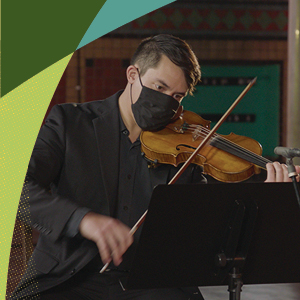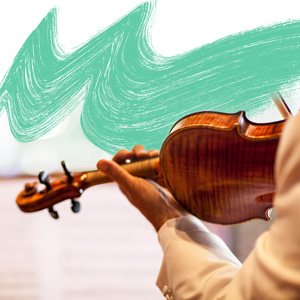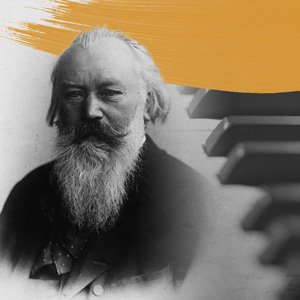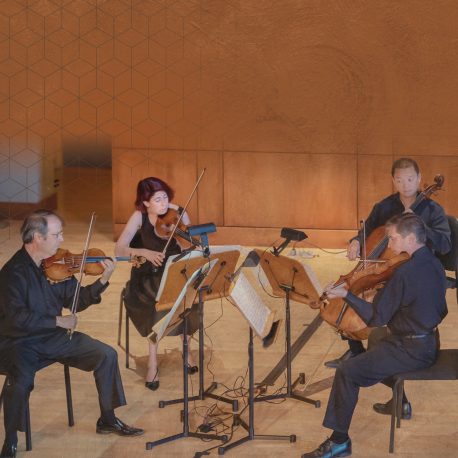Festival @ Home—Pittsburgh
Online broadcast at svmusicfestival.orgThe Festival @ Home series of concert broadcasts kicks-off from The Space at THIS IS RED—the historic St. Michael's Slovakian Roman Catholic church, now turned event space, in Pittsburgh. Enjoy a quintet of Festival Orchestra musicians performing Mozart’s String Quintet in G minor, a piece widely considered the most heartfelt of the great composer’s string quintets.



